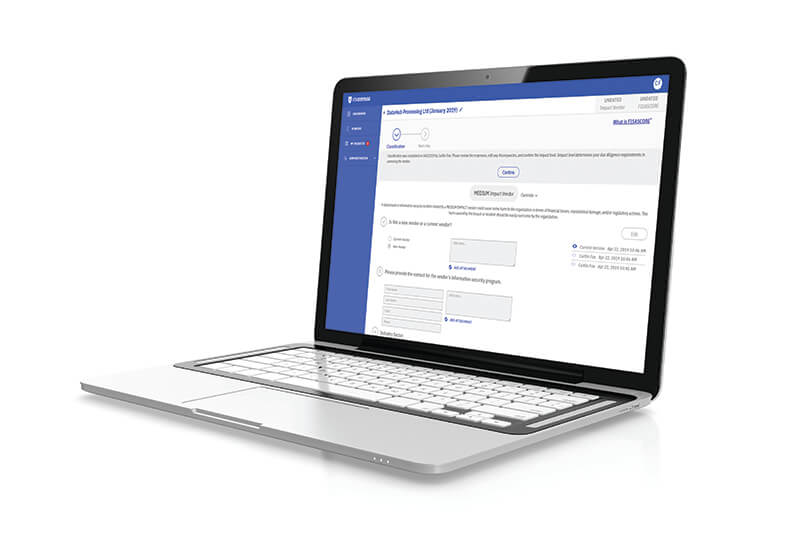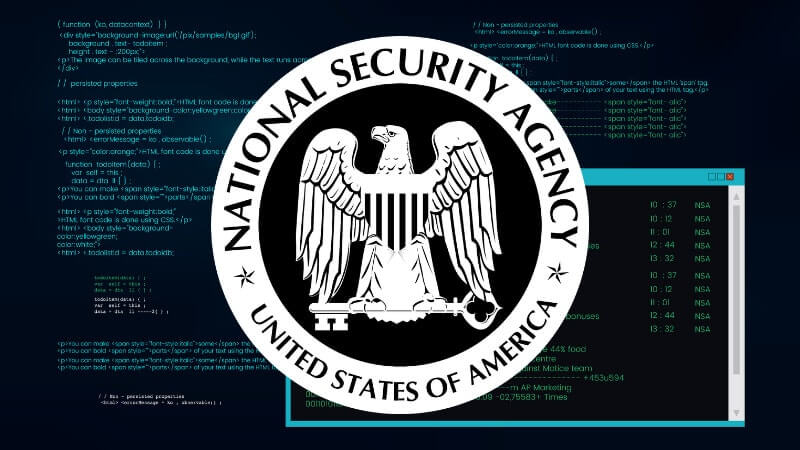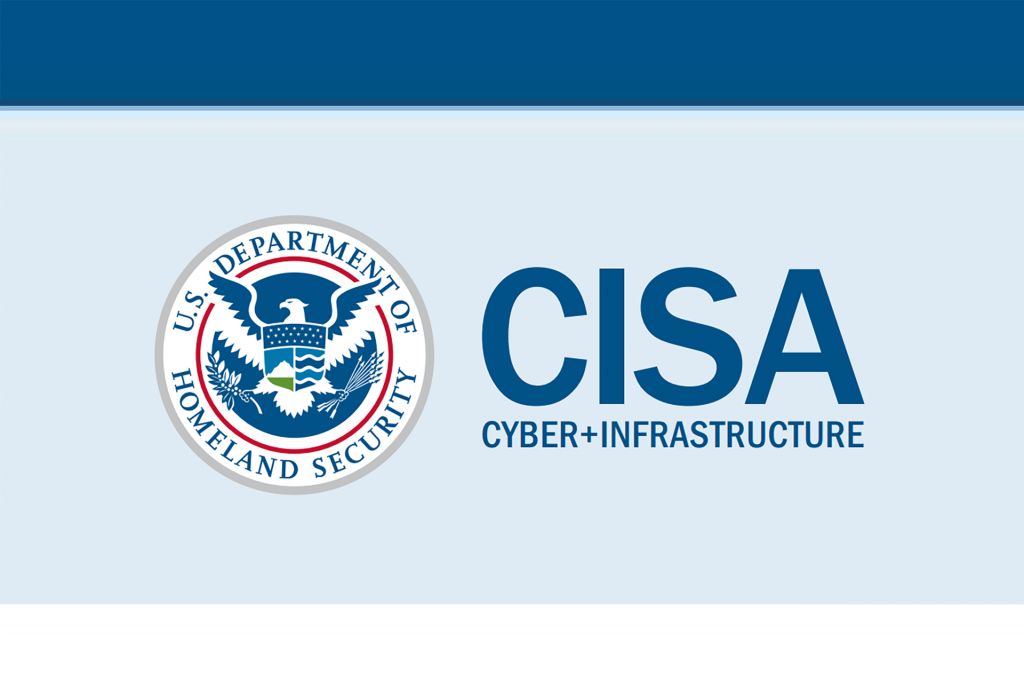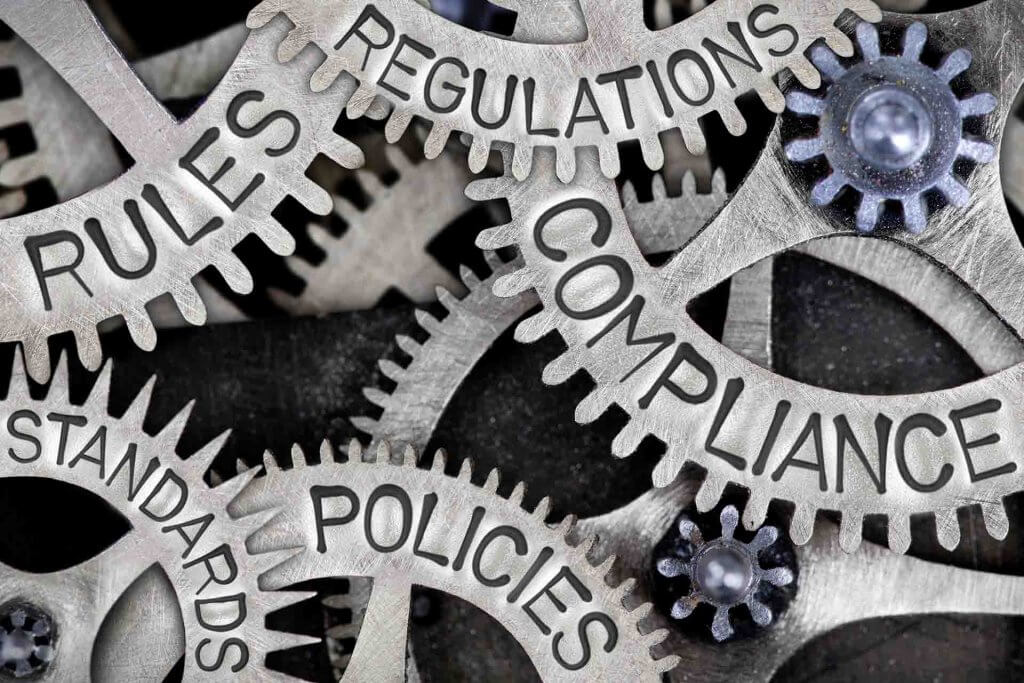Mitigate Third Party Breaches with Vendor Risk Management
Mitigate Third Party Breaches with Vendor Risk Management As we enter into the end of the first quarter of 2020, breaches as a result of third parties are expected to be a primary contributor. Reflecting upon 2019, some of the worst breaches experienced were the U.S. Customs and Border Protection, the FBI, Facebook, and Focus Brands1 to name a few. A recent analysis by Risk Based Security, uncovered an increase in incidents involving companies handling sensitive data for business partners and other clients. The total number of such third-party breaches hit 368 in 2019, up from 328 in 2018 and 273 in 2017 — a 35% increase in two years2. …
Mitigate Third Party Breaches with Vendor Risk Management Read More »



